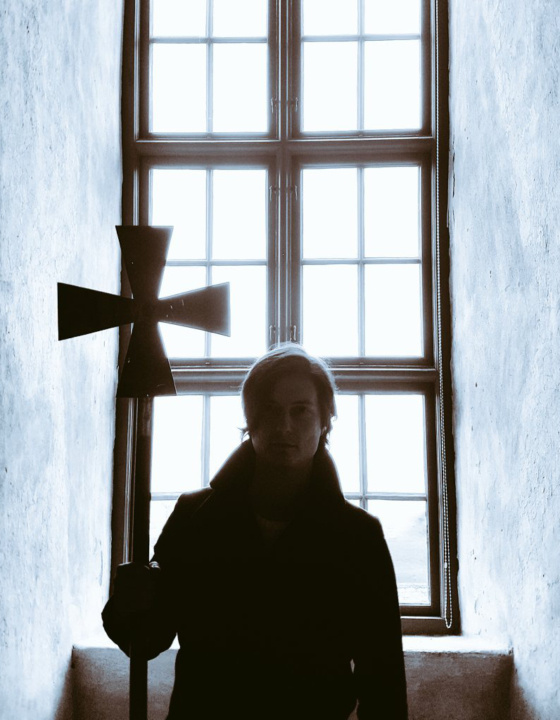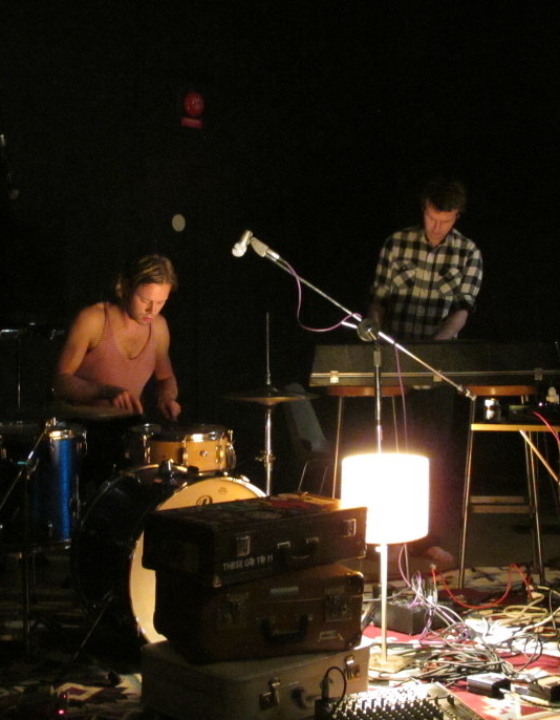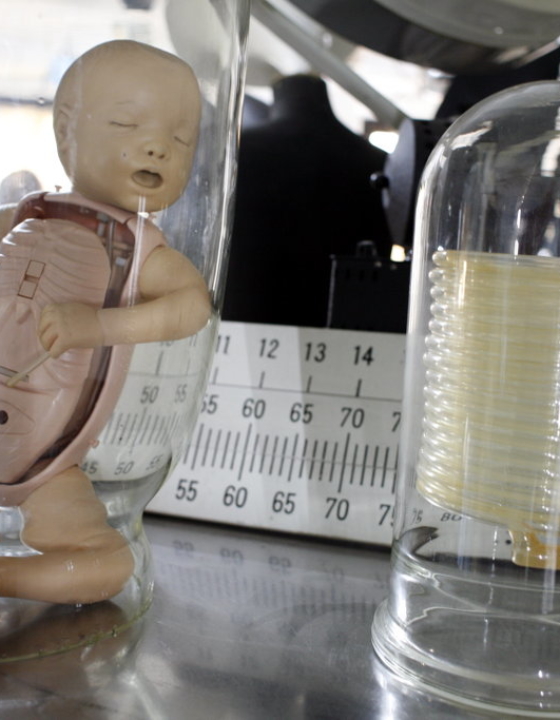For he who has not known himself has known nothing, but he who has known himself has at the same time already achieved knowledge about the depth of the all. – The Book of Thomas the Contender
Here is a four part documentary about Gnosticism or simply perhaps the true Christianity. Which was part of the early Christianity and very different from the to be dominant Roman Catholic Church. To this day all these alternative versions of Christianity have been by force, massacres and enormous political power flanked by the sword, wiped out from the mainstream. The Nag Hammadi texts that were found are the oldest and most complete material found in the history of Christianity.
Can a good God create a world of misery?
The Gnostics believed that the creator of the world was from the lower realms. For how can such material suffering and bondage be created by a good God? Here the belief is almost the same as the practice thought by the Buddha, and the path to liberation from samsara, as the always returning theme in all spiritual practices is the insight into the limits of our material world. The suffering, desire and also happiness it creates. Sort of like the prison of the soul in which all sentient beings are trapped in. Another similarity between Buddhism is the meaning of Gnosis, that would be the Enlightenment in Buddhism and Hinduism.
In my homeland of Bosnia and Herzegovina, before the Catholic, Orthodox and finally Islamic organized religions came to the area by violent and oppressive means, people were Gnostics. They were christians basically, but not the way Rome or Constantinople dictated. They differed from the other organized Abrahamic power structures by being nonhierarchical, didn’t use churches and religious kitsch, performed services in nature or any other place, they opposed the Roman Catholic Church and the corrupt regime of theirs – and maybe most prominent at the time, women and men were equal. Another thing I found appealing was that in Bosnia the Bogomils didn’t eat meat, they were vegetarians. I feel a connection to that, as I was born there and without knowing about them found my faith close to what they had and also being a vegetarian.
If you’re not familiar with the Cathars or need to refresh that info, here’s a short background from Cathar.info. Otherwise skip the citation below.
The Cathars were a religious group who appeared in Europe in the eleventh century, their origins something of a mystery though there is reason to believe their ideas came from Persia or the Byzantine Empire, by way of the Balkans [Bogomils] and Northern Italy… As Dualists, Cathars believed in two principles, a good god and his evil adversary (much like God and Satan of mainstream Christianity). The good principle had created everything immaterial (good, permanent, immutable) while the bad principle had created everything material (bad, temporary, perishable). Cathars called themselves simply Christians; their neighbours distinguished them as “Good Christians”. The Catholic Church called them Albigenses, or less frequently. Cathars.
Cathars maintained a Church hierarchy and practiced a range of ceremonies, but rejected any idea of priesthood or the use of church buildings. They divided into ordinary believers who led ordinary medieval lives and an inner Elect of Parfaits (men) and Parfaites (women) who led extremely ascetic lives yet still worked for their living – generally in itinerant manual trades like weaving. Cathars believed in reincarnation and refused to eat meat or other animal products. They were strict about biblical injunctions – notably those about living in poverty, not telling lies, not killing and not swearing oaths.
Gnostics were a sort of social and cultural phenomenon that existed in many places, one of the most prominent in history was in Toulouse, were the Cathars (meaning ‘the pure ones’ from the Greek word katharoi) lived in mixed communities and were victims of genocide. Part two in the series focuses on those events.
During the 12th century Western Europe was progressing and flourishing in what can be called the 12th century Renaissance, and just as Florence was the the epicenter later on, during this time it was Southern France. It was there that the Gnostic ideas finally landed and matured, after a long journey from Bulgaria, Bosnia, Dalmatia and Northern Italy. This Christianity was different from the Roman Catholic and was to be brutally crushed into oblivion eventually. One might consider that the Bogomils and Cathars had a weakness in that their tradition denied the material – as they thought of the human soul being an angel wrapped in the satanic material body. This kind of asceticism denied them the material strength that the Roman Church built up. The Bogomils denied this world, sort of like yogis and shamans do, while the layman took on a lighter version. For women this mean that they could participate in the religious rituals and literary activity. While the Roman Catholic Church oppressed women, Cathars and Bogomils at least did not see woman inferior to men, thus allowing for women to take a greater involvement in society and religion. Not perfect, but still great for being the Middle Ages.
Pope Innocent III initiated a brutal campaign that would result in a great genocide between 1209-1229, t was called the Albigensian Crusade. It was a physical move and Cathars were killed in every possible way, by fire, dragged after horses and so on. The estimation is hard to pin point but it is considered a genocide as a whole consisting of perpetual massacres and attacks on the Cathars.
We now think of the Languedoc as part of France, but the reality was very different in the thirteenth century. Local chronicles invariably refer to the foreign crusaders as The French, for the very good reason that the chroniclers did not consider themselves or their countrymen as French and neither did anyone else. – Albigensian Crusade, Cathar.info








What do you think?